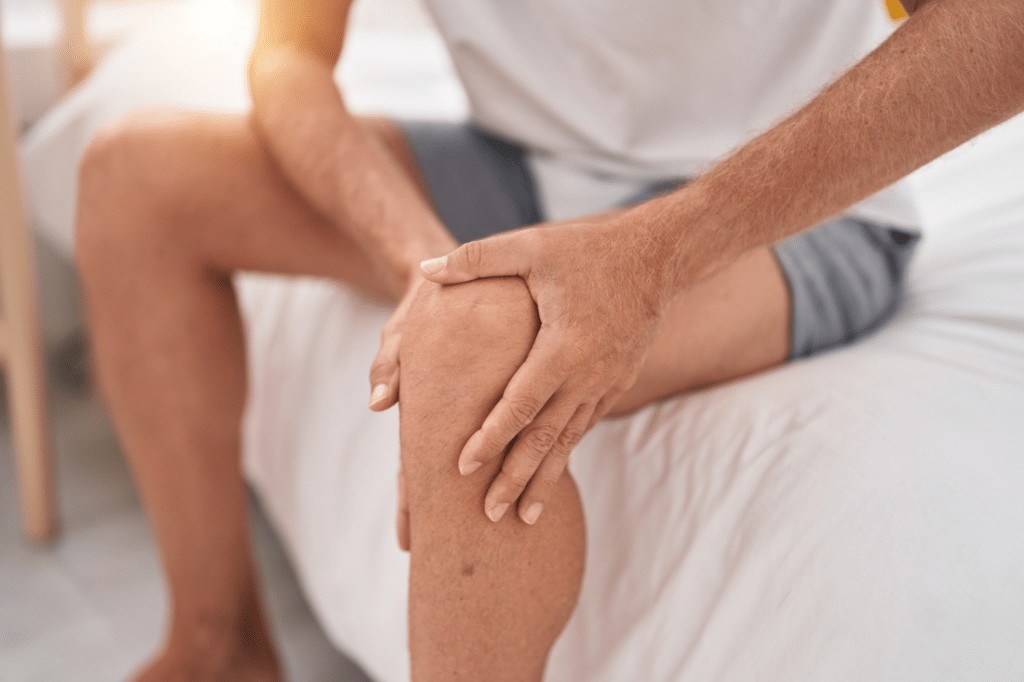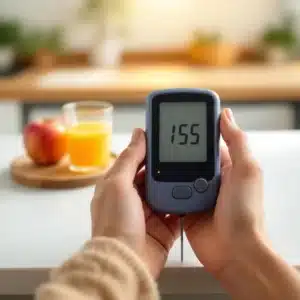Say Goodbye to Joint Pain: Innovative Techniques for Restoration

Joint pain can be a debilitating and frustrating experience, making even the simplest daily tasks a challenge. Whether you’re dealing with the aches and stiffness of aging, the aftermath of an injury, or a chronic condition, finding effective solutions to restore your joint health is crucial for maintaining an active and fulfilling lifestyle. Fortunately, there are a variety of innovative techniques and treatments available that can help you say goodbye to joint pain and reclaim your mobility and comfort.
Understanding the Causes of Joint Pain
Joint pain can arise from a variety of factors, including:
- Osteoarthritis: This is the most common form of arthritis, characterized by the gradual wear and tear of the cartilage that cushions the joints.
- Rheumatoid Arthritis: An autoimmune disorder that causes inflammation and damage to the joints.
- Injuries: Sprains, strains, or fractures can all lead to joint pain and instability.
- Overuse: Repetitive motions or high-impact activities can put excessive stress on the joints over time.
- Underlying Conditions: Certain medical conditions, such as gout or bursitis, can also contribute to joint pain.
Innovative Techniques for Joint Restoration
- Joint Restoration Products
- Joint Genesis: This treatment uses hyaluronan, that have a crucial role in joint health by absorbing water so it can give your synovial fluid its naturally thick, lubricating, and jelly-like quality.
- Joint Restore Gummies: Each gummy combines 20 milligrams of CBD, 200 milligrams of beta-boswellic acid and just 3 grams of organic cane sugar for a delicious gummy that you’ll be excited to take every morning.
- Balmorex Pro Cream: This cream is an excellent alternative to fast joint pain relief and have only natural ingredients.
- Joint Rehabilitation Methods
- Physical Therapy: A customized program of exercises and stretches can help to strengthen the muscles and improve joint flexibility and range of motion.
- Occupational Therapy: Therapists can provide assistive devices and teach techniques to help individuals adapt their daily activities and reduce stress on the joints.
- Aquatic Therapy: Exercising in a warm pool can take the pressure off the joints while still providing a challenging workout.
- Joint Preservation Strategies
- Weight Management: Maintaining a healthy weight can significantly reduce the stress on the joints, especially the hips, knees, and ankles.
- Low-Impact Exercise: Activities like swimming, cycling, and tai chi can improve joint health without causing further damage.
- Bracing and Supports: Specialized braces, sleeves, or taping can provide additional support and stability to the joints.
- Joint Wellness Programs
- Nutrition Counseling: A balanced diet rich in anti-inflammatory foods can help to reduce joint pain and promote overall joint health.
- Stress Management: Techniques like meditation, yoga, and deep breathing can help to alleviate the physical and emotional stress that can exacerbate joint pain.
- Education and Self-Care: Learning about the causes of joint pain and how to manage it through lifestyle changes can empower individuals to take an active role in their own joint health.
- Non-Surgical Joint Treatments
- Platelet-Rich Plasma (PRP) Therapy: This treatment uses the patient’s own blood to stimulate the body’s natural healing process and reduce inflammation in the joints.
- Stem Cell Therapy: Stem cells are harvested from the patient’s own body and injected into the affected joint, promoting tissue regeneration and repair.
- Hyaluronic Acid Injections: These injections help to lubricate and cushion the joints, reducing pain and improving mobility.
Overcoming Barriers to Joint Restoration
While these innovative techniques offer promising solutions for joint pain, there can be barriers to accessing and implementing them effectively. Some common challenges include:
- Cost and Insurance Coverage: Many of these treatments may not be covered by insurance, making them financially inaccessible for some individuals.
- Access to Specialized Care: Certain joint restoration techniques may only be available at specialized clinics or with highly trained healthcare providers.
- Hesitancy to Try New Treatments: Some people may be hesitant to try unfamiliar or non-traditional therapies, preferring to stick with more conventional approaches.
To overcome these barriers, it’s important to work closely with your healthcare team to explore all available options, understand the potential benefits and risks, and find the most suitable and accessible treatment plan for your individual needs.
Reclaiming Your Joint Health and Quality of Life
Joint pain can be a significant obstacle to living an active, fulfilling life. However, with the innovative techniques and treatments available today, there is hope for those seeking to restore their joint health and regain their mobility and comfort. By working closely with healthcare professionals, exploring a range of options, and making lifestyle changes to support joint wellness, individuals can take control of their joint pain and reclaim their quality of life.
Remember, the journey to joint restoration is not a one-size-fits-all approach. Each individual’s needs and circumstances are unique, and the most effective treatment plan may involve a combination of different techniques and therapies. The key is to be patient, persistent, and open-minded as you explore the various options available.
As you embark on this journey, it’s important to keep the following in mind:
- Seek Guidance from Healthcare Professionals
- Work closely with your primary care physician, orthopedist, physical therapist, or other healthcare providers to develop a comprehensive treatment plan.
- Be an active participant in your care, asking questions, voicing your concerns, and collaborating with your team to find the best solutions.
- Embrace a Holistic Approach to Joint Health
- In addition to medical interventions, focus on lifestyle factors that can support joint wellness, such as maintaining a healthy weight, engaging in low-impact exercise, and practicing stress management techniques.
- Consider incorporating complementary therapies, such as acupuncture or massage, to enhance the effectiveness of your treatment plan.
- Be Patient and Persistent
- Restoring joint health can be a gradual process, and it may take time to find the right combination of treatments that work for you.
- Celebrate small victories and don’t get discouraged if progress seems slow; with dedication and perseverance, you can achieve meaningful improvements in your joint health and quality of life.
Remember, you are not alone in your journey to overcome joint pain. By embracing innovative techniques and a holistic approach to joint restoration, you can reclaim your mobility, reduce your discomfort, and live the active, fulfilling life you deserve.
Scientific References
- Platelet-Rich Plasma Therapy for Osteoarthritis: A Systematic Review and Meta-Analysis
- Stem Cell Therapy for the Treatment of Knee Osteoarthritis: A Review of Clinical Trials
- The Efficacy of Hyaluronic Acid Injection for the Treatment of Knee Osteoarthritis: A Systematic Review and Meta-Analysis
- The Effectiveness of Aquatic Therapy for the Treatment of Rheumatic Diseases: A Systematic Review
- The Role of Weight Management in the Treatment of Knee Osteoarthritis: A Systematic Review and Meta-Analysis


